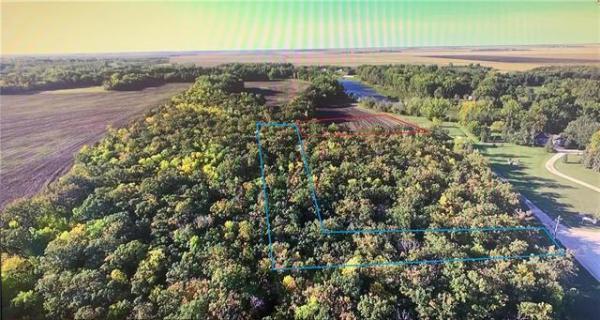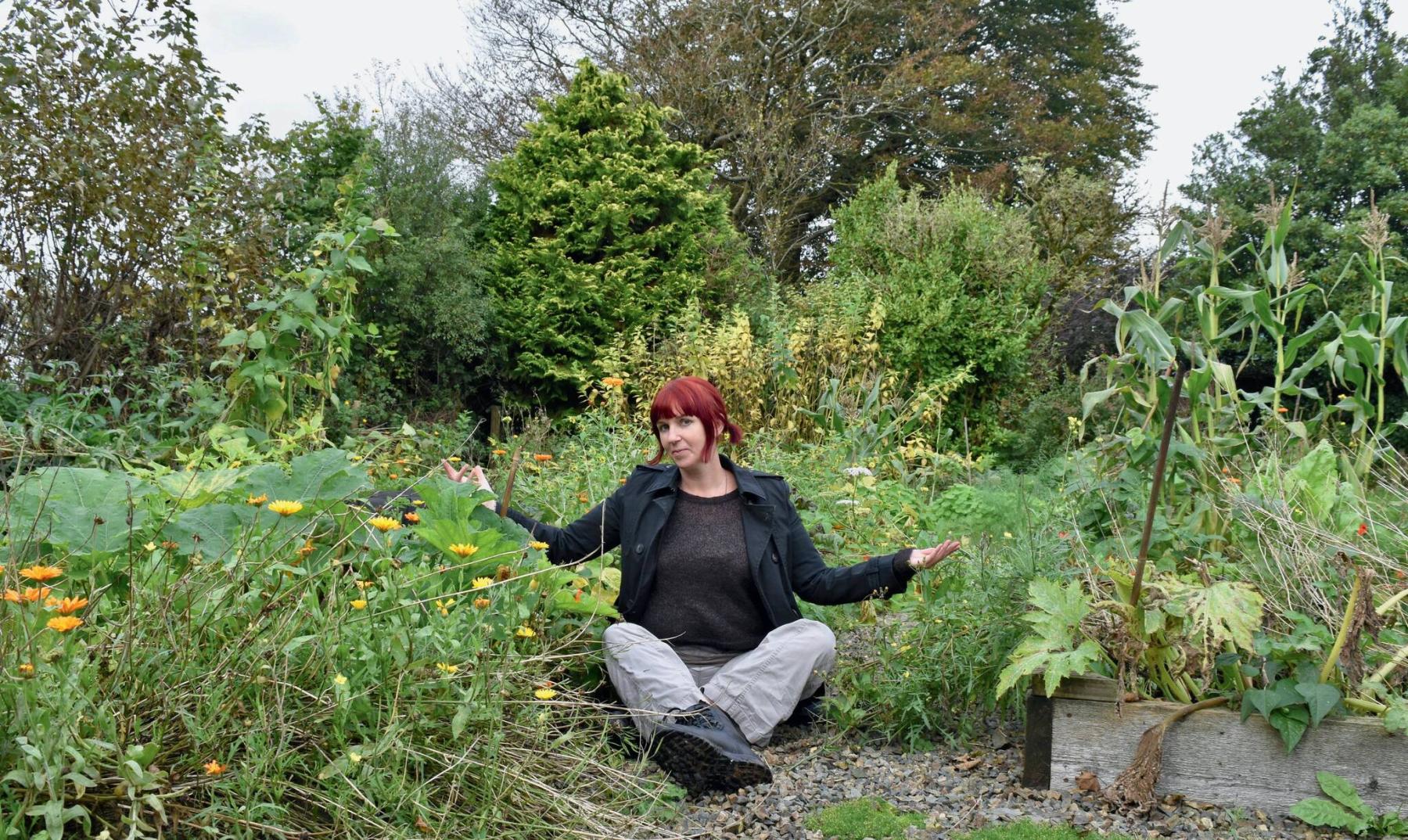
Kim Stoddart
Kim Stoddart, author of The Climate-Change Resilient Vegetable Garden, in her garden in the U.K.
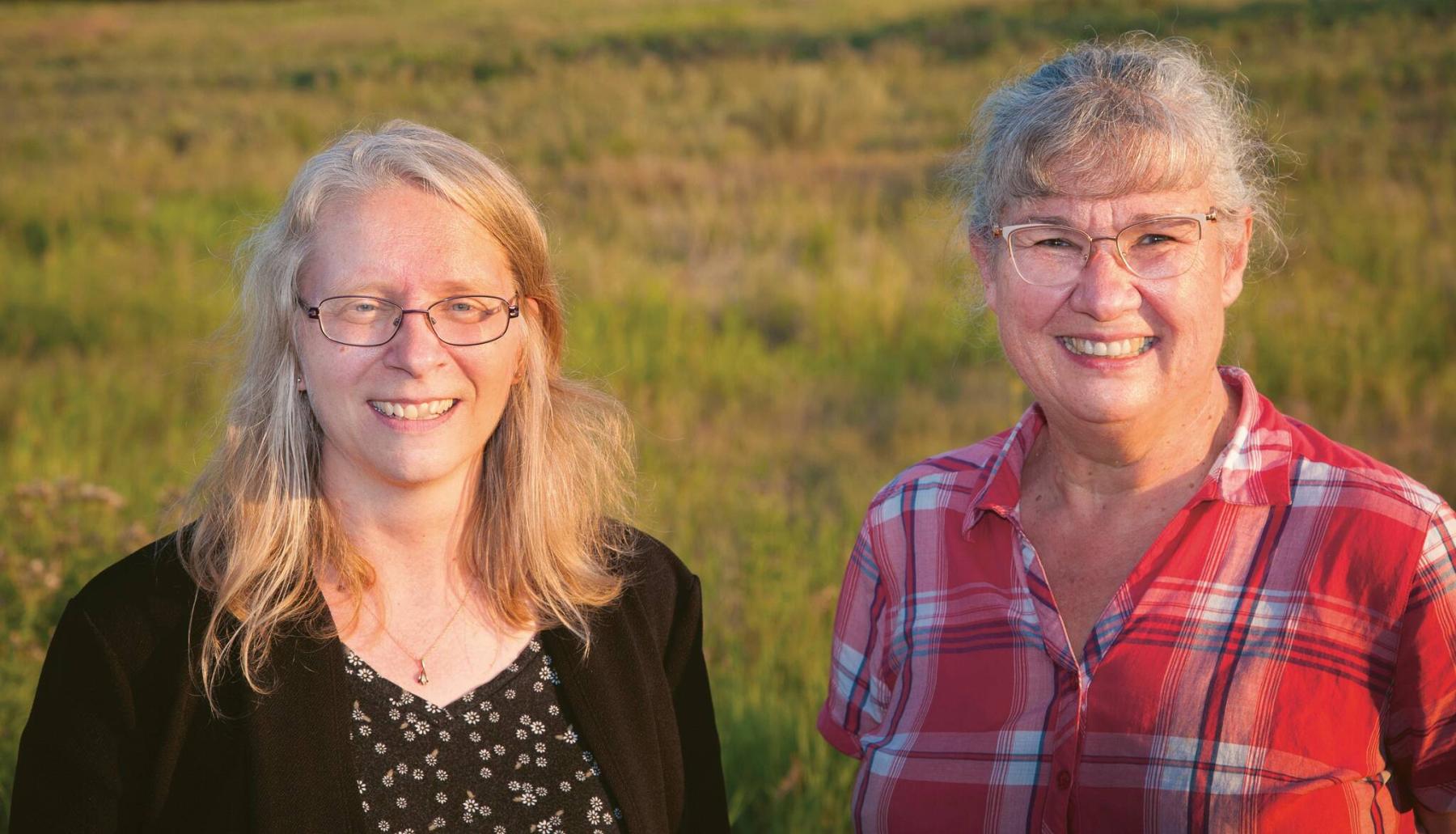
Steve Melrose
Sheryl Normandeau, left, and Janet Melrose are the Calgary-based co-authors of the Guides for the Prairie Gardener book series.
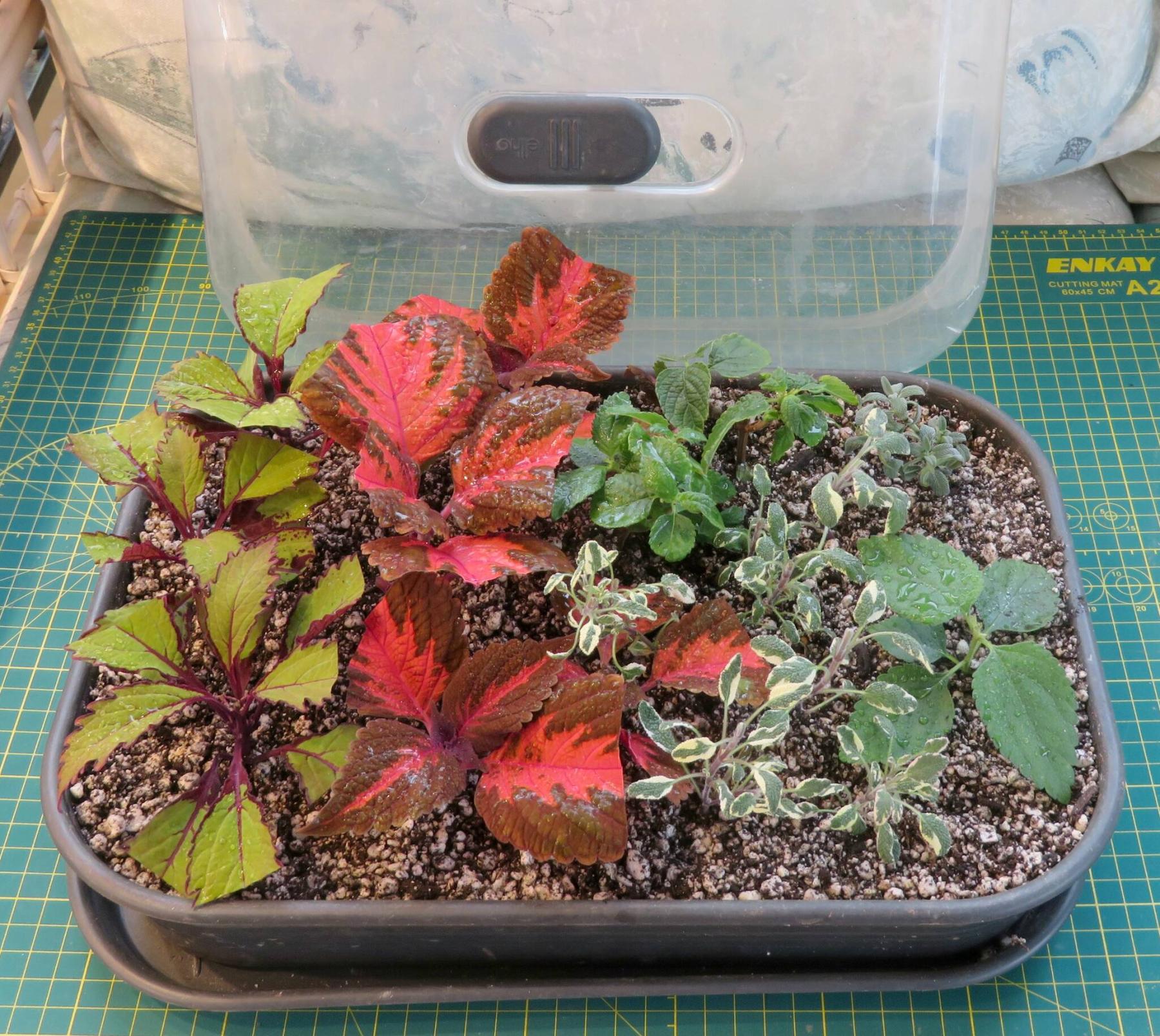
Stuart Innes
How to propagate plants is one of the many topics in the 2025 edition of The Prairie Garden: Budget-Minded Gardening.
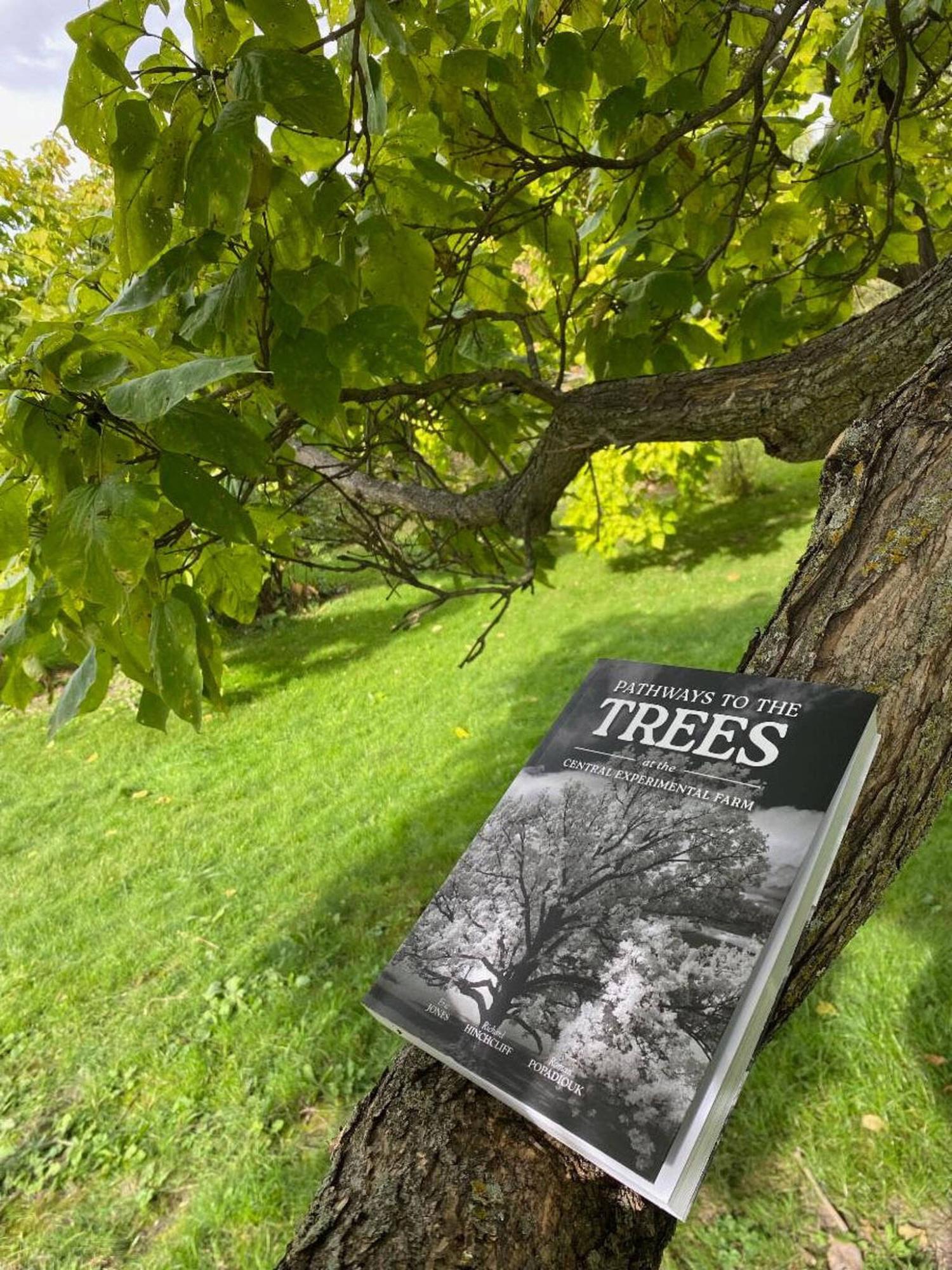
Liz Lumsden/Friends of the Farm
Pathways to the Trees at the Central Experimental Farm profiles 125 tree species at Ottawa’s Central Experimental Farm, a national historic site.
Whether you have a large garden or grow a few plants on a patio or windowsill, your interest in plants and nature opens the door to a world of new ideas and knowledge. Here are my recommendations for books covering different aspects of gardening, from growing techniques to trees, flowers, vegetables, garden design, history and climate resilience. The authors live in a range of places including Winnipeg, Calgary, Ottawa, New York and the U.K.
Let’s begin with a book that is closest to home. The Prairie Garden is a popular annual book that has been published since 1937. It is a singular compendium of articles written by horticulturists, academics and skilled gardeners from across the Prairies. Local readers will recognize the names of many of the contributors and enjoy articles that are uniquely relevant to cold-climate gardening.
Published in Winnipeg, The Prairie Garden is edited by a volunteer committee who dedicate their time and efforts year-round to producing an annual book focused on a specific theme. The 2025 edition, Budget-Minded Gardening, covers the whole gamut of thrifty gardening tips from water conservation to seed saving, growing your own food, container gardening, plant selection, and much more.
In the article on plant propagation, author Stuart Innes, a Winnipeg gardener, explains step by step the different techniques for propagating plants including methods for after care to ensure healthy growth. There is also an excellent article on growing apples in the north by Bob Osborne, owner of Cornhill Nursery, the largest Canadian plant production nursery. Do you wonder about how much fertilizer to apply? Lyle Cowell, agrologist, explains why it is important to apply the right amount and how to calculate fertilizer rates.
The 2025 edition of The Prairie Garden is available at garden centres and bookstores. It can also be ordered online at www.theprairiegarden.ca.
Pathways to the Trees at the Central Experimental Farm is an extraordinary new book that showcases the Farm’s history and remarkable collection of trees. Published by the Friends of the Central Experimental Farm, the authors are forestry specialists Eric Jones and Roman Popadiouk and photographer and writer Richard Hinchcliff. This 340-page book features more than 800 stunning colour and archival photographs.
There are more than 4,000 specimens of trees and shrubs at the Central Experimental Farm in Ottawa, some dating back to 1889. At the time the farm began in 1886, people across Canada needed specific information about which trees to grow both in terms of their climate hardiness, ornamental value and practical uses for food and shelter. Since that time, research has been at the heart of what the Central Experimental Farm does.
Pathways to the Trees takes readers into eight distinct areas of the farm, profiling 125 tree species including information about each tree’s native habitat, growing conditions, and unique characteristics. This wonderful book will enthrall tree lovers and history buffs alike and will also serve as a valuable guide for anyone who is interested in learning about the characteristics of specific types of trees.
Readers will enjoy the trees and the landscape but also gain insight into the Friends of the Experimental Farm whose volunteers donate over 10,000 hours annually to the Farm.
To purchase your copy of Pathways to the Trees, visit wfp.to/AMs. I think, too, that once you are able to put this book down, you will want to plan a visit to the Central Experimental Farm.
In her book, Floratopia: 110 Flower Garden Ideas for Your Yard, Patio, or Balcony (The Countryman Press, 2021), author Jan Johnsen offers readers a compelling blend of creative inspiration and imaginative planting ideas.
A well-known landscape designer whose design-build firm, Johnsen Landscapes & Pools, is based in Westchester County, N.Y., Johnsen is the author of five books. She has worked in different places around the world including Japan, Hawaii, and Kenya and has taught at Columbia University and the New York Botanical Garden.
Floratopia is designed into six chapters and — exactly as the title says — 110 numbered tips for designing a beautiful floral space. The format makes for easy, delightful reading on the craft of garden making for all levels of gardeners. There are full colour photos on nearly every one of the book’s 250-plus pages, including photos of the author’s own gorgeous designs.
One of my favourite tips in Johnsen’s book is No. 48, “More is More.” The practice of more when it comes to flower gardening can be liberating for plant lovers, but Johnsen gives the reader thoughtful recommendations for how to create depth with layered plantings and the use of vertical accents to punctuate plant groupings. “Think of it as a little more is a little more,” she says.
In a section on Nature’s time, Johnsen writes, “Anyone who has lost themselves working in a garden knows intuitively about the elasticity of time.” She shows a photo of an armillary sphere on a tall base which she placed in a flower garden that she created for a client. I like the photo for two reasons: the placement of the sphere as well as the stone garden paths that intersect at the entrance to a leafy part of the garden. Johnsen has an incredible eye for detail and loves the patterns that stone creates in the garden.
So again, the message is that a little more is a little more and that’s just one of the many takeaways from this wonderful book.
Janet Melrose and Sheryl Normandeau are the co-authors of the Guides for the Prairie Gardener book series. Both Melrose and Normandeau live in Calgary. There are several titles in the series with another two that will be released in 2025. Published by TouchWood Editions, the two releases this year are The Prairie Gardener’s Go-To for Herbs and The Prairie Gardener’s Go-To for Grasses.
These question-and-answer styled books are excellent references. In Herbs, the authors cover everything from growing herbs outdoors to ideas for drying and freezing herbs, and making your own teas, infused oils, vinegars, and butters. It is a complete guide for anyone who is new to growing herbs as well as a useful guide for experienced herb gardeners.
Grasses is a surprising resource that goes beyond a listing of typical ornamental or native varieties. The authors delve into lesser-known varieties including edible grasses, pond and aquatic grasses, even different types of millet and grains that can be grown in garden spaces.
Look for The Prairie Gardener’s Go-To guides at McNally Robinson Booksellers.
In a fast-moving world and a changing climate, gardening connects us to one another more than ever. There is so much we can learn from the experiences of gardeners in different parts of the world.
I am currently reading The Climate-Change Resilient Vegetable Garden – How to Grow Food in A Changing Climate by author Kim Stoddart (Cool Springs Press, 2024). Stoddart lives in the U.K., where she has experienced flooding, extreme drought and intense storms. She fully expects to experience much more and is intent on developing the very best practices and techniques that will build resilience from the ground up.
Let me know what you are reading! I would love to hear about your book recommendations.
colleenizacharias@gmail.com


